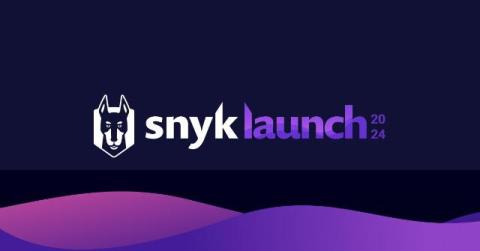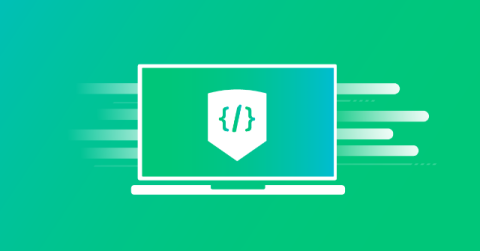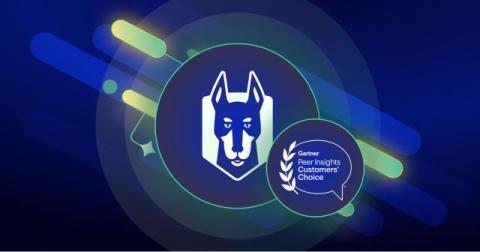SnykLaunch Oct 2024: Enhanced PR experience, extended visibility, AI-powered security, holistic risk management
After almost a decade in business, we’ve had the opportunity to watch the software development industry change dramatically. Developers work with more moving parts than ever, relying on technologies like third-party resources and AI coding assistants to release sophisticated software on tight deadlines. While we’ve been talking about the relationship between development and security for the past decade, the DevSecOps conversation has shifted quite a bit.










